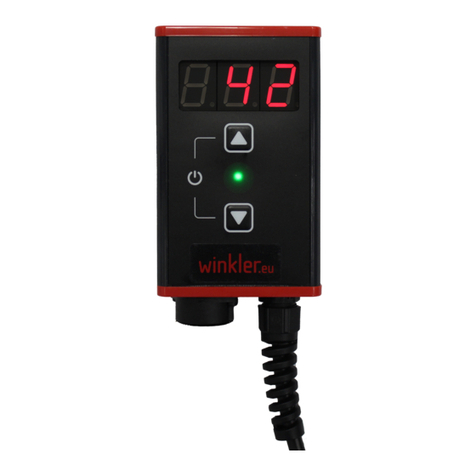Table of contents
1 Safety information....................................................................................................................... 4
1.1 Place of installation of the unit ................................................................................................... 4
1.2 Instructions for installation ......................................................................................................... 5
2 General information.................................................................................................................... 6
3 Putting into operation................................................................................................................. 6
3.1 Wiring .......................................................................................................................................... 6
3.2 Switching on ................................................................................................................................ 6
3.3 Setup............................................................................................................................................ 7
4 Control elements......................................................................................................................... 8
4.1 Overview of functions ................................................................................................................. 8
4.2 Standard display information...................................................................................................... 8
4.3 Status LED.................................................................................................................................... 9
4.4 Error detection and display......................................................................................................... 9
5 Schematic and mode of operation............................................................................................ 10
6 Operation and settings.............................................................................................................. 11
6.1 Specifying the setpoint.............................................................................................................. 11
7 Settings via the menu................................................................................................................ 11
7.1 Menu structure.......................................................................................................................... 12
8 Menu items ............................................................................................................................... 12
8.1 Controller type .......................................................................................................................... 12
8.2 Controller setup......................................................................................................................... 13
8.3 Limiter type ............................................................................................................................... 14
8.4 Limiter setup.............................................................................................................................. 14
8.5 Sensor A / sensor B.................................................................................................................... 14
8.6 Output ....................................................................................................................................... 15
8.7 Timer ......................................................................................................................................... 15
8.8 Unit............................................................................................................................................ 15
8.9 Language ................................................................................................................................... 15
8.10 Advanced................................................................................................................................... 15
8.11 Power-on option........................................................................................................................ 15
8.12 Stop after error.......................................................................................................................... 15
8.13 Heater check.............................................................................................................................. 16
8.14 Signal output ............................................................................................................................. 16




























